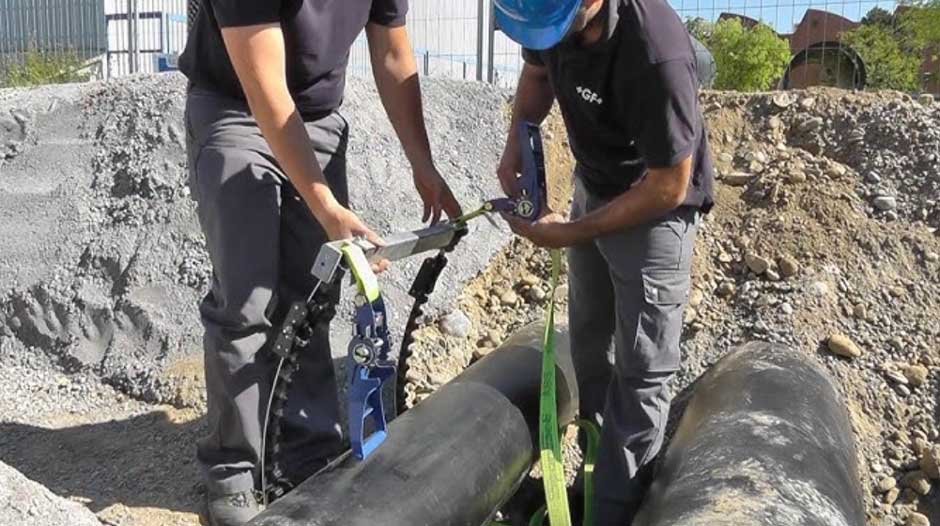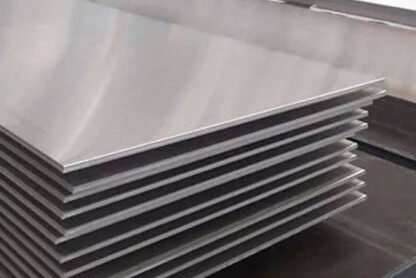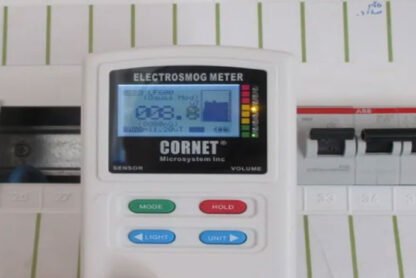Proper pipe tapping can come as a major solution for pipeline owners and operators to reduce waste and improve operational efficiency. With the use of pipe taps, you can isolate and bypass sections of a pipeline without stopping the entire system. This practice, by itself, is a major contributor to reducing waste and improving efficiency.
According to Future Market Insights, the demand for pipe is rising globally. The report says that the pipe market is projected to be valued at US$ 146.38 billion by 2024 and rise to US$ 238.67 billion by 2034. The pipes are anticipated to expand at a moderate CAGR of 5.01% from 2024 to 2034.
Did you know isolation and bypassing of sections of the pipeline without stopping the entire system improves continuous functionality and stops wastage fact shutting down or closing the entire system may create disruption in the piping system. However, you can solve such a problem effectively by simply isolating the section that needs to be replaced, repaired, or threaded.
Pipe tapping, as a technique to isolate sections of the pipeline without disrupting the whole system, is growingly used all over the world.
How Proper Pipe Tapping Can Reduce Waste and Improve Efficiency?
Pipe tapping, as a system, offers several advantages besides reducing waste. It also improves the operational efficiency. These advantages are listed below:
It is Eco-Friendly: Proper pipe insulation and plugging the leakage can effectively stop the release of harmful gases into the atmosphere.
Stop Leakage of Gas: The gas pipe is vital to your home. If there is a leakage, it can cause gas to be released, which, at times, maybe dangerous as it may lead to fire-related incidents.
Allows Uninterrupted Service: As pipe tapping closes a section and not the whole pipeline or system, it allows continuous service.
Prevention of Piping System Corrosion, Erosion: If your piping system is old and already gets corroded, the entire system can be saved by pipe tapping. The corroded or eroded parts of the piping system can be replaced using the pipe-tapping method.
Clean Blockages in Pipes: This is vitally important for you as blockages in pipes can damage the concrete installation. Besides, it can also create sanitation-related problems as contaminated water may spill.
Popular Pipe Tapping Methods
There are several methods of pipe tapping. We are explaining below the three most popular methods of pipe tapping:
Direct Tapping: In this method, the tapping of threads in the wall of the pipe is done directly. A hole is drilled in the pipe to create a direct tap. Direct tapping is used when a new pipeline is used in a home or any other place.
Saddle Tapping: This method is used while installing a service line. The Corporation Stop, while installing a service line, is screwed into a metal saddle that wraps around the pipe.
Tapping Sleeves: This method permits access to and the branching of the existing water main and can be used on Ductile iron pipes. Tapping sleeves are also suitable for alternative pipe materials (other than Ductile iron pipes).
These three types of tapping methods are used to be connected to the service taps and corporation stops. As the case may be, subject to an existing installed system, you can use a Tee to facilitate an extra or additional branching for a water system.
Key Considerations for Selecting Methods for Pipe Tapping
Here are some crucial factors you must consider while opting for a pipe taps methods:
- Ensure that the current pipeline is a new installation.
- Is the line, whether old or new, giving proper service?
- Ensure all safety issues related to the type of pipe are taken before lying on the pipes. For example, safety blanking is required in the case of PVC pipes. If it is a PVC pipe, have safety blanks been used?
- Ensure the workers, plumbers, or mechanics inducted with the job of laying the pipes or repairing them have the expertise and experience to execute the job.
- Ensure all operational procedures are followed before laying the pipes and running them.
Conclusion
As part of best practice in pipe tapping, you must always take the services of experienced and well-qualified professionals who have the expertise to do the job. Such professionals must be experts in plugging the leaks; otherwise, the system will again go wrong within a few days. This makes it imperative that the professionals must ensure clean ends for connections to stop leaks and also ensure a secure seal.









